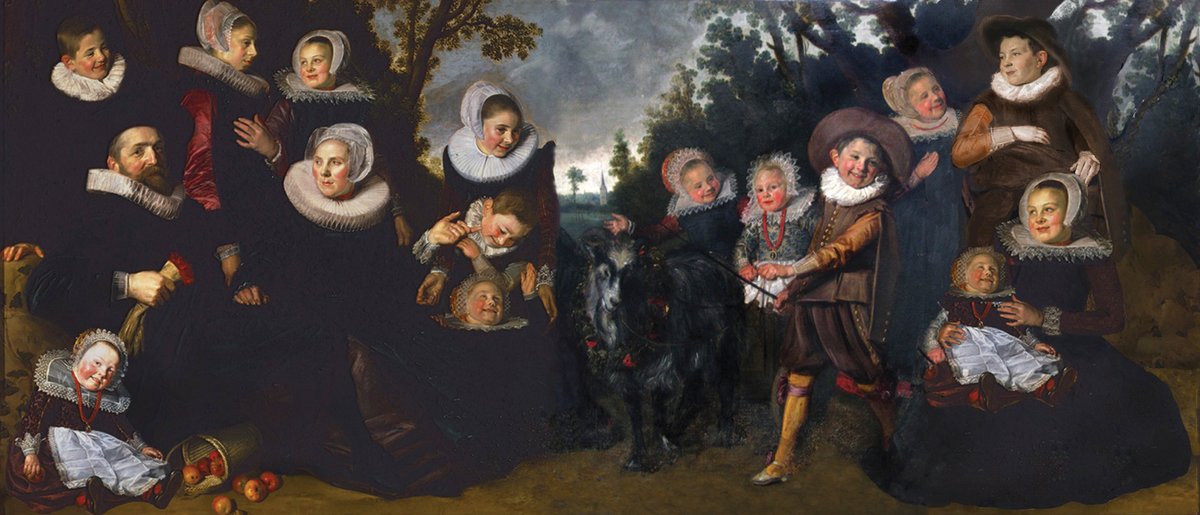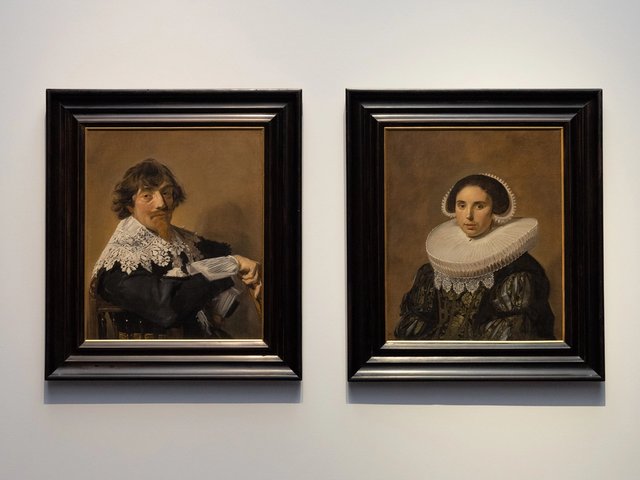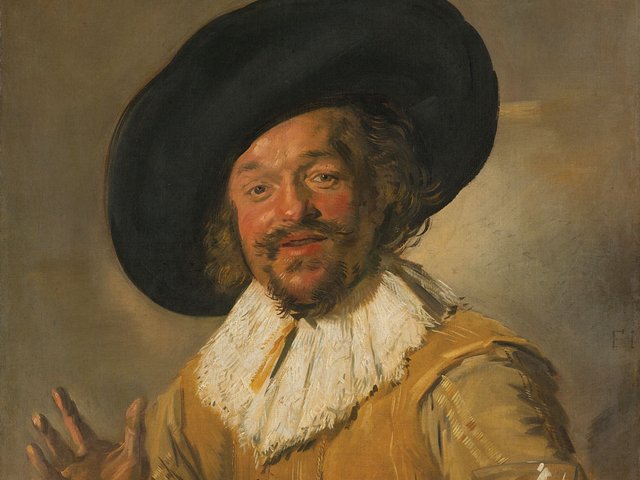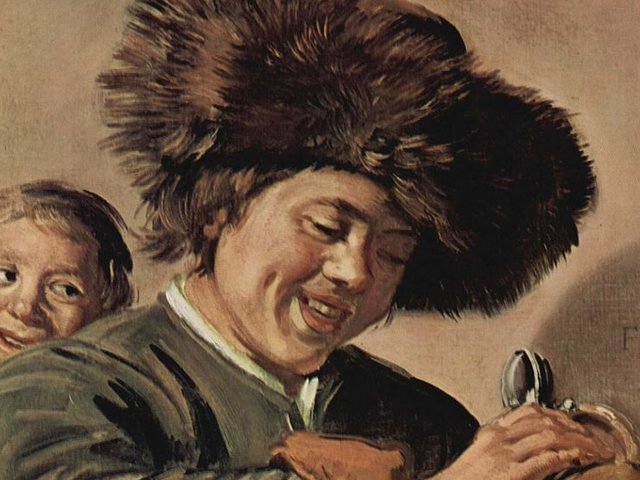Portraits of the Van Campen family, painted by Frans Hals in around 1623, will be reunited for the first time in centuries in an exhibition opening in the US, thanks to the efforts of conservators. The discovery of the figure of a small girl during the cleaning of a work at the Royal Museums of Fine Arts of Belgium, in Brussels, led experts to determine that three portraits from different international collections once formed one large work.
The travelling show Frans Hals Portraits: a Family Reunion, due to open at the Toledo Museum of Art on 13 October (until 6 January 2019), brings together two works that have long been accepted as being parts of the same painting—the Ohio institution’s Van Campen Family Portrait in a Landscape (around 1623-25) and the recently restored and renamed Children of the Van Campen Family with a Goat-Cart from the Brussels museum—with the Head of a Boy, a much smaller portrait, now in a private collection.
Scholars believe the paintings were separated in the early 19th century. The Toledo painting depicting the parents and seven of their 14 children (including a baby added by the artist Salomon Debray) and the Brussels canvas of three (and a half) children were offered for sale in 1810 as two pictures.
Damage to the original painting may explain why the composition was cut up, says Lawrence Nichols, the US museum’s senior curator of European and American painting and sculpture before 1900, who co-organised the show with the Belgian museum’s 17th-century Dutch paintings curator Liesbeth De Belie. More of the canvas was cut around the Head of a Boy and abrasions were found on the bottom edge of the Brussels canvas, suggesting that the original work might have been standing in water.
During the restoration of the Brussels picture, which was carried out from 2011 to 2016 under the supervision of De Belie and the independent conservator Catherine van Herck, macro X-ray fluorescence scanning confirmed the presence of overpainting that postdates Hals’s lifetime. This was probably done to make the pictures more saleable. After cross-section analysis of paint layers confirmed this, the work was cleaned.
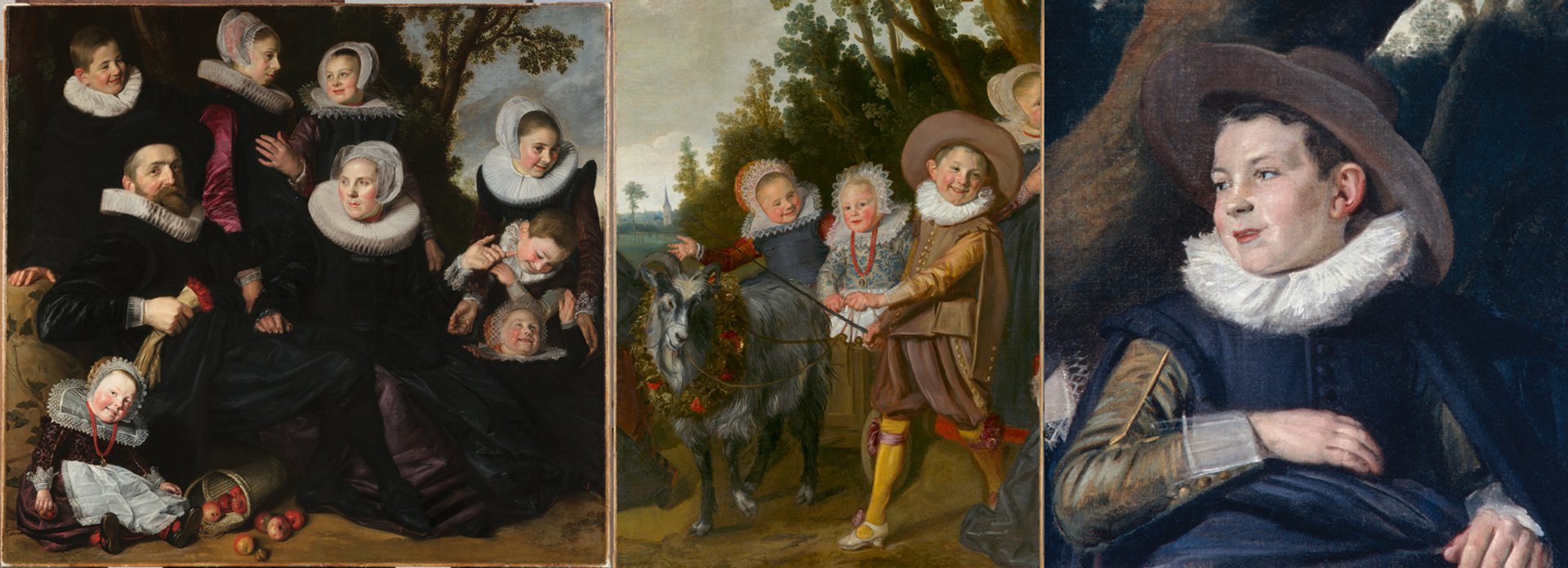
Van Campen Family Portrait in a Landscape (left, around 1623-25)—Frans Hals’s painting of the parents and seven of their 14 children—is in the Toledo Museum of Art, Ohio. Children of the Van Campen Family with a Goat-Cart (centre), in the Royal Museums of Fine Arts of Belgium, Brussels. Head of a Boy (right), a smaller portrait now in a private collection, was not included when the other two portraits were offered for sale in 1810 Left: Richard Goodbody for the Toledo Museum of Art. Middle: Photo: J. Geleyns; courtesy of and © the Royal Museums of Fine Arts of Belgium, Brussels
Nichols describes what emerged on the right side of the canvas as “absolutely stupefying”. He adds: “[It was] an eyeball!” Further cleaning revealed half of a head, which led to the discovery that the figure of half of a girl, turned towards someone to her left, had been painted over. And “the clincher” to link the work to Head of a Boy, Nichols says, is the girl’s lace collar, which is identical to a lace collar next to the boy. This supports the art historian Claus Grimm’s long-asserted theory that all three works are connected. Meanwhile, the skirts of two Toledo figures were uncovered while the Brussels canvas was being cleaned.
The three paintings will be shown together along with images relating to the conservation, including a mock-up of how the portrait might have originally looked. Three other family portraits and a marriage portrait by Hals will also be shown.
The exhibition is due to travel to the Royal Museums of Fine Arts of Belgium (2 February-28 April 2019) and later to the Collection Frits Lugt in Paris.


